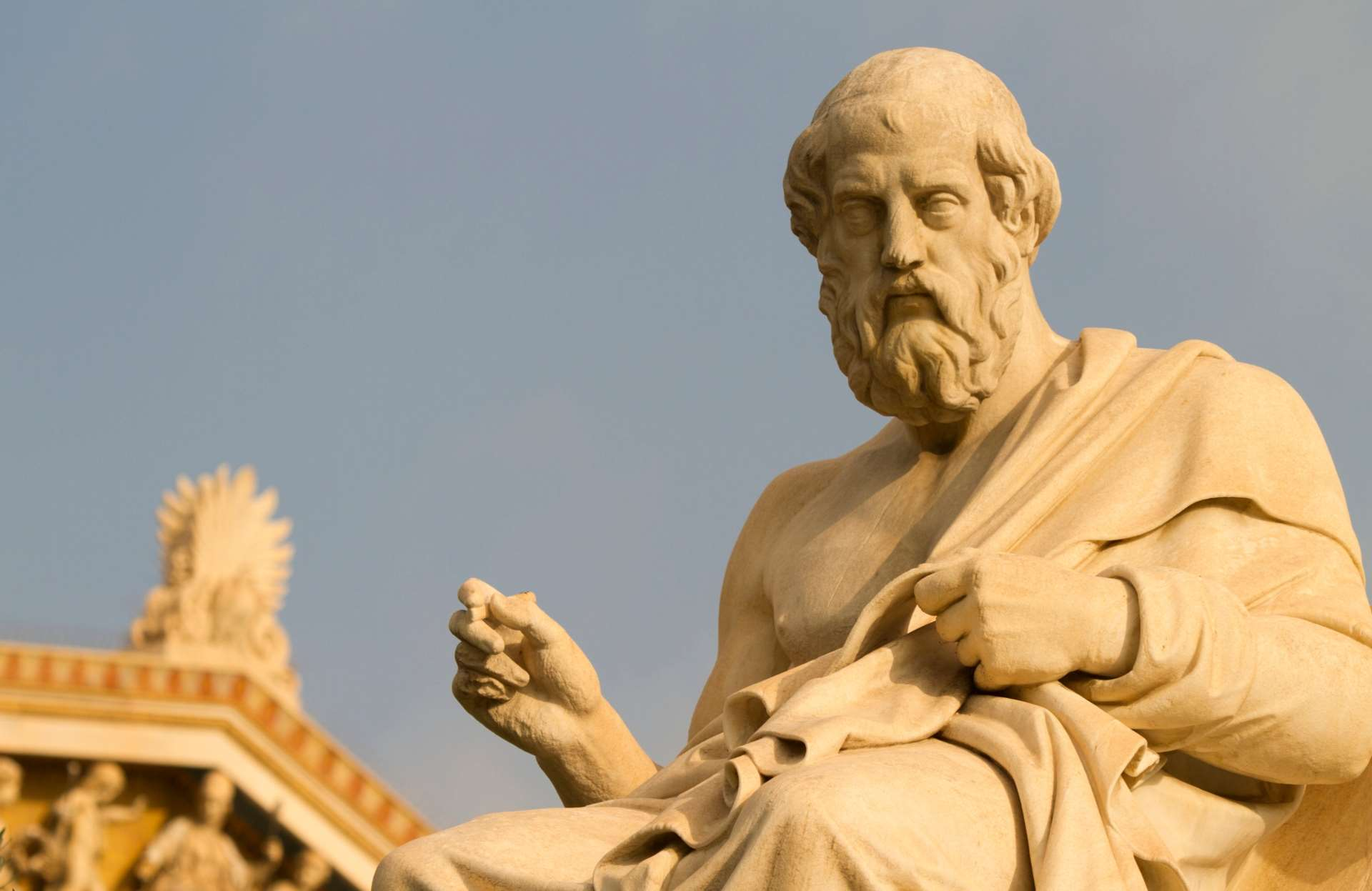The Seven Wonders of the World or the Seven Wonders of the Ancient World is a list of remarkable constructions of classical antiquity given by various authors in guidebooks or poems popular among ancient Hellenic tourists. Although the list, in its current form, did not stabilise until the Renaissance, the first such lists of seven wonders date from the 2nd–1st century BC.
The original list inspired innumerable versions through the ages, often listing seven entries. Of the original Seven Wonders, only one—the Great Pyramid of Giza, oldest of the ancient wonders—remains relatively intact. The Colossus of Rhodes, the Lighthouse of Alexandria, the Mausoleum at Halicarnassus, the Temple of Artemis and the Statue of Zeus were all destroyed. The location and ultimate fate of the Hanging Gardens are unknown, and there is speculation that they may not have existed at all.
The Greek conquest of much of the known western world in the 4th century BC gave Hellenistic travellers access to the civilizations of the Egyptians, Persians, and Babylonians. Impressed and captivated by the landmarks and marvels of the various lands, these travellers began to list what they saw to remember them.
The Seven Wonders of Ancient World (Statue of Zeus at Olympia - Temple of Artemis at Ephesus - Mausoleum at Halicarnassus - Great Pyramid of Giza - Colossus of Rhodes - Hanging Gardens of Babylon - Lighthouse of Alexandria)
Watch the video:








